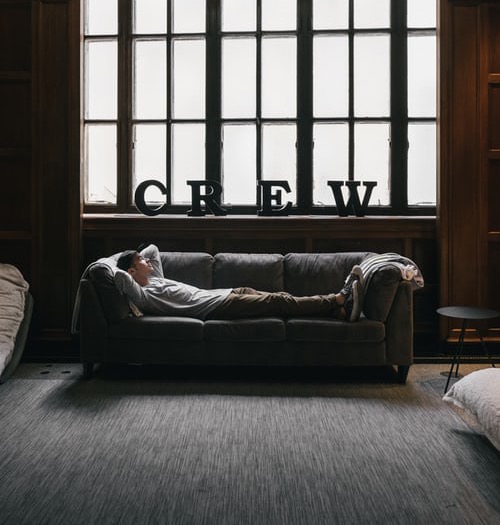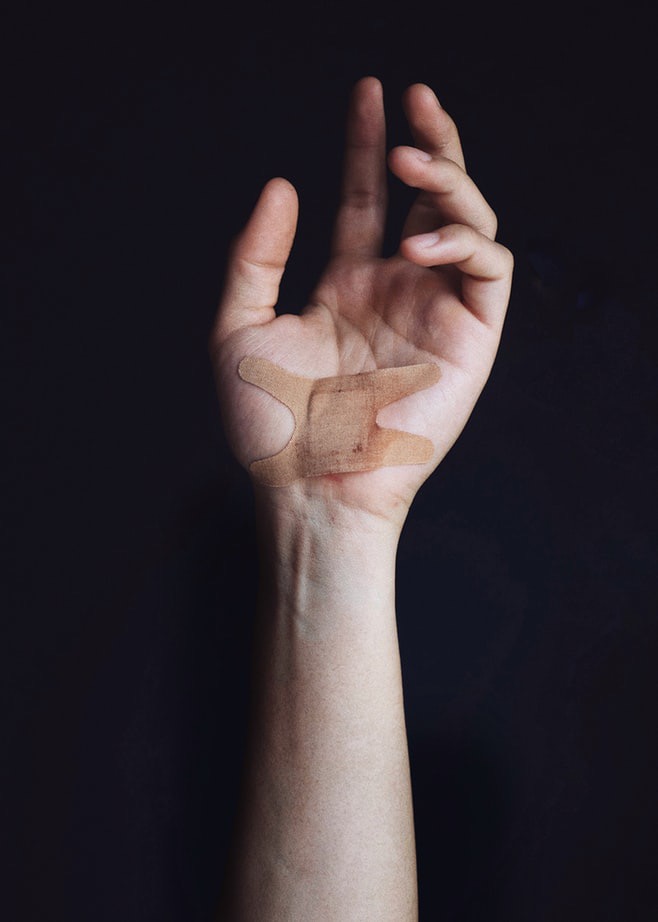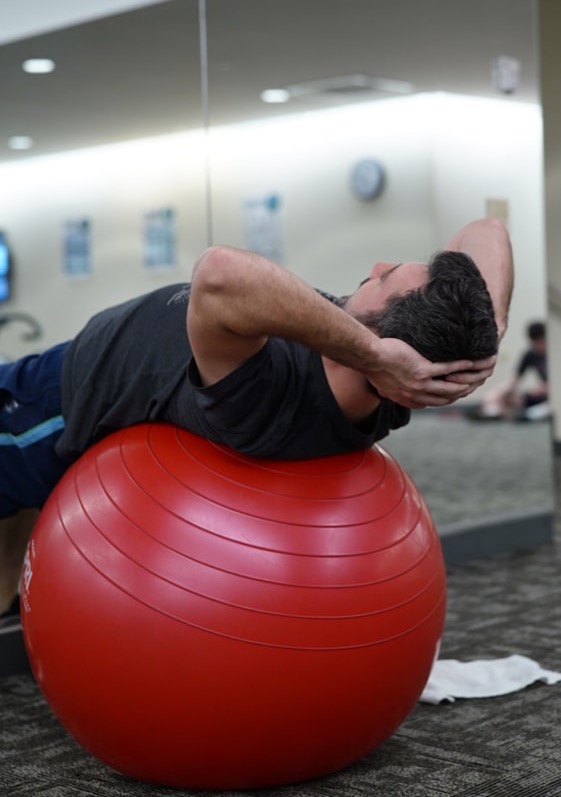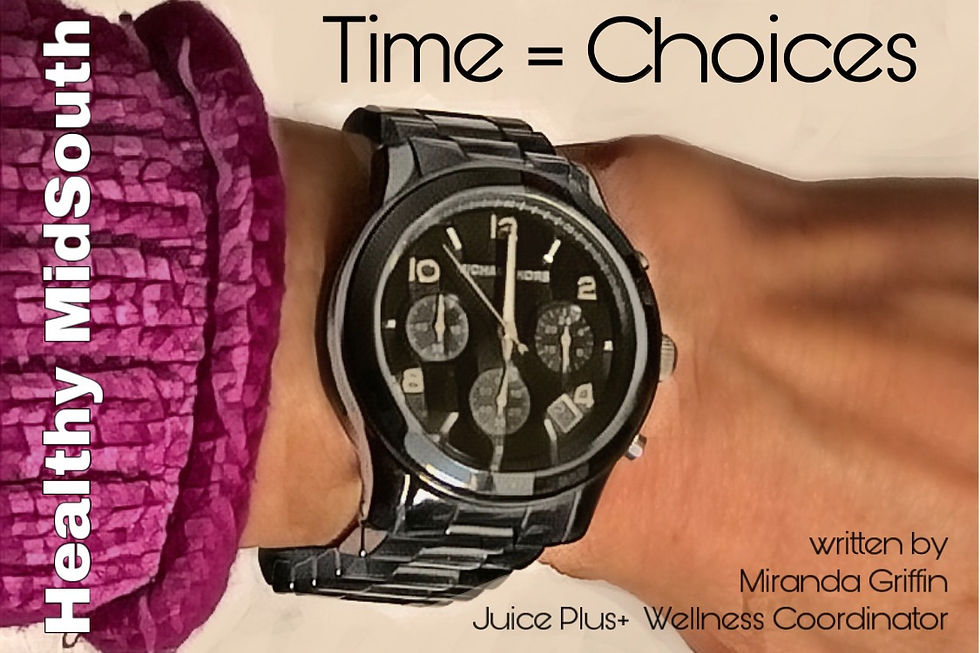Movement Medicine
- Miranda's Mission

- Aug 18, 2019
- 6 min read
Updated: Aug 25, 2019
Pain and movement limitations can happen without notice and can wreak havoc on your plans and goals. Going on vacation, playing with your kids, going bowling with friends or even just doing yardwork and housework can stop abruptly because of pain. What does this? More importantly, what can be done for it? Is there anything to do for it that won’t take a great deal of time, money and effort?
Pain has numerous sources. It can be thermal, chemical, and even mechanical in nature just to name a few. I’m hoping that as you read this you do not have smoke coming out of your ears! That would be a strong indication of a thermal injury like a burn from a fire or an electrical source.
Chemical pain is caused by the body’s response to injury. It is a complex chemical reaction that releases certain cells to start the healing process. Think of a sprained ankle. What do you notice? Swelling, redness, heat around that area and constant pain are present. Inflammatory or chemical pain is constant. You cannot get away from it. Changing position does not give it relief. If it hurts in one position but you can move into another and the pain goes away, it is not a chemical/inflammatory pain. Interestingly enough, inflammatory cells from trauma don’t stay very long as they are not needed for the healing process for more than a few days to up to a couple of weeks.
Mechanical pain is the other source of pain. It occurs when stress is applied to a structure or soft tissue. Consider lying on the couch with your elbow bent to support your head while you’re watching your favorite show. What happens the longer you are there? In most cases, the elbow will start to ache and eventually the fingers will start to tingle. Then as you straighten out the elbow, it is very stiff and requires movement in the opposite direction (in this case straightening the elbow) to get relief of the stiffness, tingling and ache. The pressure on tissues such as joints, bones, muscles, discs and nerves that is too much, too long, too often or too quick cause this type of mechanical pain. Because it is not inflammatory, medicine will not relieve it completely or give sustained relief especially as the strain or pressure to the tissue remains.
What can be done to help?
Do I need an x-ray, MRI, injection, or even surgery? Will conservative care like physical therapy help? While each person is unique along with the conditions surrounding their pain, there are some general rules to follow to help you get started and know what to do.
First, if the injury was the result of significant trauma such as a bad car wreck, a fall or if there is an apparent break of a bone or involvement of the head, immediate emergency care is needed to rule out fractures or even internal bleeding. However, most cases of musculoskeletal pain arise due to non-traumatic injuries. In fact, 61% are classified as non-traumatic (Amako et. al 2018). In cases of non-traumatic pain, 98% have been found to be musculoskeletal in origin while 2% are infections, visceral (abdominal, kidneys, etc…), or cancer (Childs et al. 2015).
If your pain arises for no apparent reason, as a result of a minor tweak or strain, or by simply performing normal day-to-day work and housework, you will be best served to monitor a few things to determine your need. First, is the pain local or referred? Second, has it limited or obstructed movement? Third, is there any weakness as a result?
Pain that is referring demonstrates progressive pressure or irritation to a tissue. A good example is in the low back. Say you bend over to pick up some laundry and feel a tweak in the back. It hurts in the low back. If the pain remains local to the back and does not refer into the buttock or leg, the injury will often resolve with frequent change of position, continued movement as tolerated and modifying activities for a few days.
The same is also true for range of motion and weakness. If you ability to bend your back is limited due to your pain or you find yourself stooping over and walking crooked like you haven’t had your V8 for the day, you want to see this start to improve within the first 3 to 5 days.
Weakness from pain is not unusual either. Consider a splinter in your palm. If you go to pick up a cup and squeeze the splinter and it pushes further into the hand, it is hard to keep squeezing the cup due to the pain. It’s not that you’re not strong, but the pain limits you from squeezing harder. Once you remove the stimulus (the splinter in this case), you will regain strength quickly since pain is not limiting you. Pain in the back, shoulder, knees or other areas can limit the amount of lifting, pushing or pulling you do at first. However, if the tissue injury is healing, this weakness should improve over the first few days. If your pain remains local to the area and continues to reduce, if your motion continues to improve and your strength continues to gain, keep doing what you are doing! The tissue is healing, and there is no reason for alarm or concern. However, if pain is persisting or referring, range of motion is remaining limited and worsening and especially if strength is diminishing, a proper mechanical assessment would be of great benefit to facilitate the healing process.
What is a mechanical assessment? Why do I need it?
We move tens of thousands of times a day. Think about it! We walk thousands of steps, bend, stoop, get up and down out of a chair, reach, lift, push, and pull all day long. When an injury occurs, it is hard to slow down or stop what we love to do. Who wants to? I know I don’t. Think about a cut on the back of your knuckle. When you cut it deep enough, do you want to keep bending the knuckle to open the cut to make it bleed and split open? No! We straighten our finger, put a Band-Aid on it, and keep it straight for a couple of days to limit the amount of bending so the cut will not open. As the cut starts to heal, we take the Band-Aid off and start to bend the finger a little at a time so we do not split the cut open. What if you needed to lift a 5-gallon bucket of water with that hand? If the cut is still fresh, would bending the knuckles and grabbing the small handle to lift the bucket be a good idea? Lifting 40 lbs. would more than likely split the cut open. It would be wise to make sure you can bend the knuckle a little at a time until you can make a fist before lifting weight. Grading the exposure into the desired activity is needed to make sure tissue is healing, and you are not pushing it too far or too fast keeping it injured or irritated.
This is where a proper mechanical assessment can help especially in the cases where pain, range of motion and weakness are not improving by itself. The assessment helps determine what you are doing that is too much, too long, too quick or too often on the tissue trying to heal. After determining these factors in the assessment, instruction is given to help you understand how to initially decrease the irritating motion(s) and put the tissue in a place that calms it down and gives it relief from the pressure or strain on it. Once this is determined and you can find those positions or “Movement Medicine” through the day to keep the pressure off of the tissue (like keeping the cut on the back of the knuckle straight), you can get immediate relief where you are and when needed. It also allows the tissue to heal. The wonderful thing about the human body is it gives clear predictors that healing is occurring even when we cannot see an injury like the cut on the back of the knuckle. That pain that was referring will now become more local and eventually dissipate. The motion that was limiting you from moving will improve and allow gradual or even sometimes rapid change of movement. The weakness from pain inhibition or injury will begin to improve and day to day activities will become easier as you work into them. Not only these things, but you will now know what to do for pain when it arises or for stiffness when it occurs, and you will have guidelines to follow to know that it is safe to progress activities and get back to doing the things you love.
A proper mechanical assessment by a McKenzie trained physical therapist can give you the right dose of movement medicine to help you know how to address the immediate need, maintain improvement on your own, and know what guidelines to follow to assure you are healing properly as you return back to gardening, housework, playing with your kids and hanging out with friends. Having this knowledge gives you the understanding and power to self-manage your symptoms, know you are healing properly, and saves you time and money by limiting the need for unnecessary care and tests.
Keep moving friends!
David Grigsby PT, MPT, Cert MDT
A HEALTHY MIDSOUTH CATALYST


















Comments